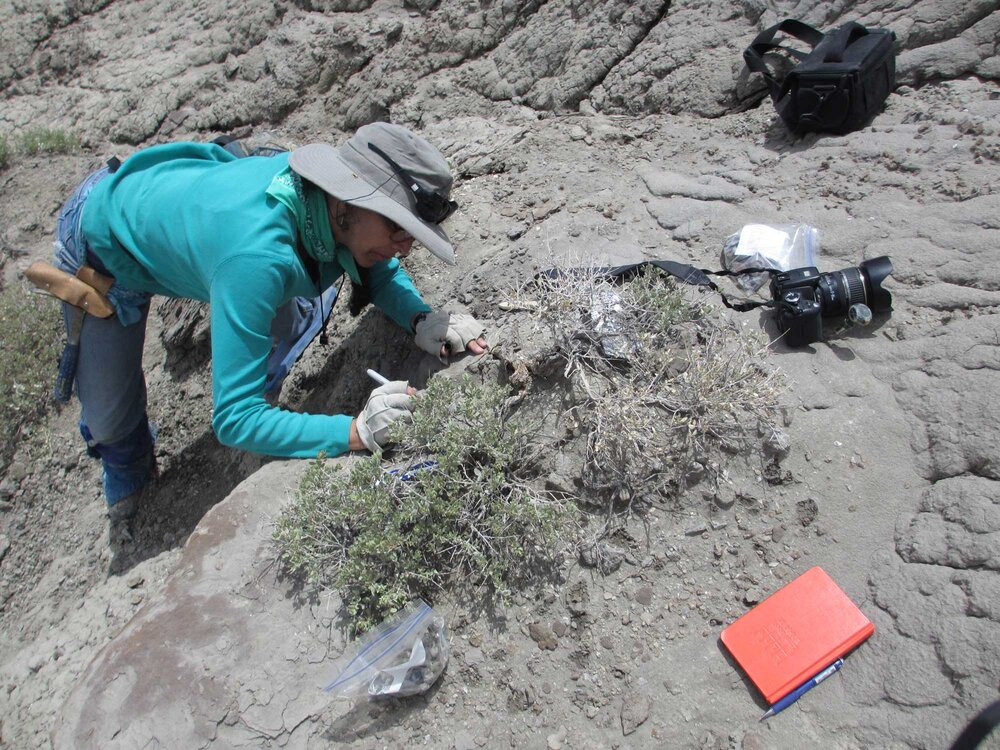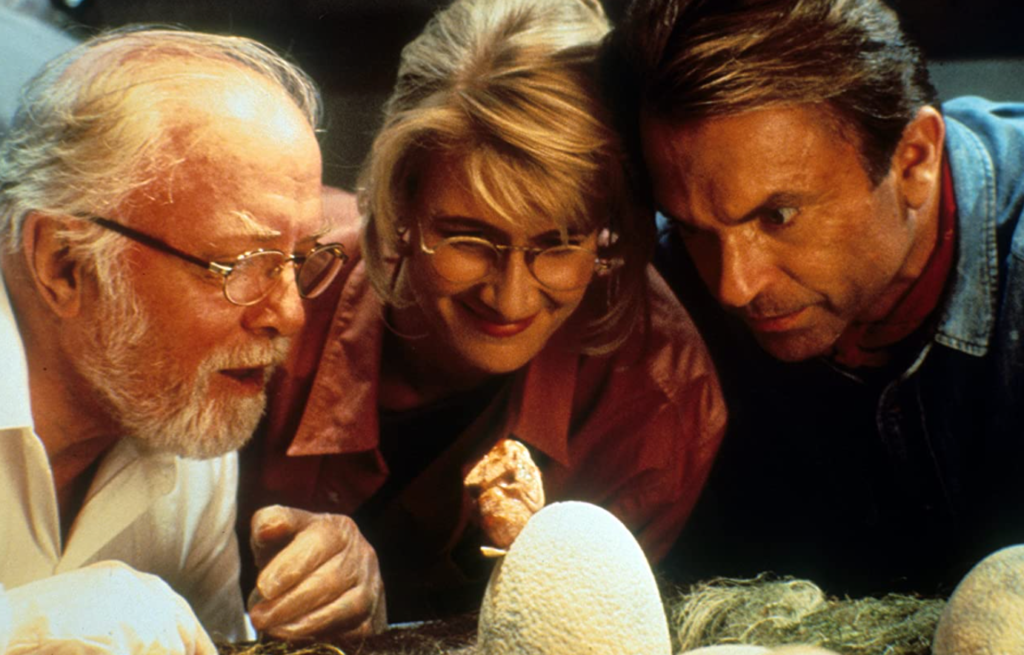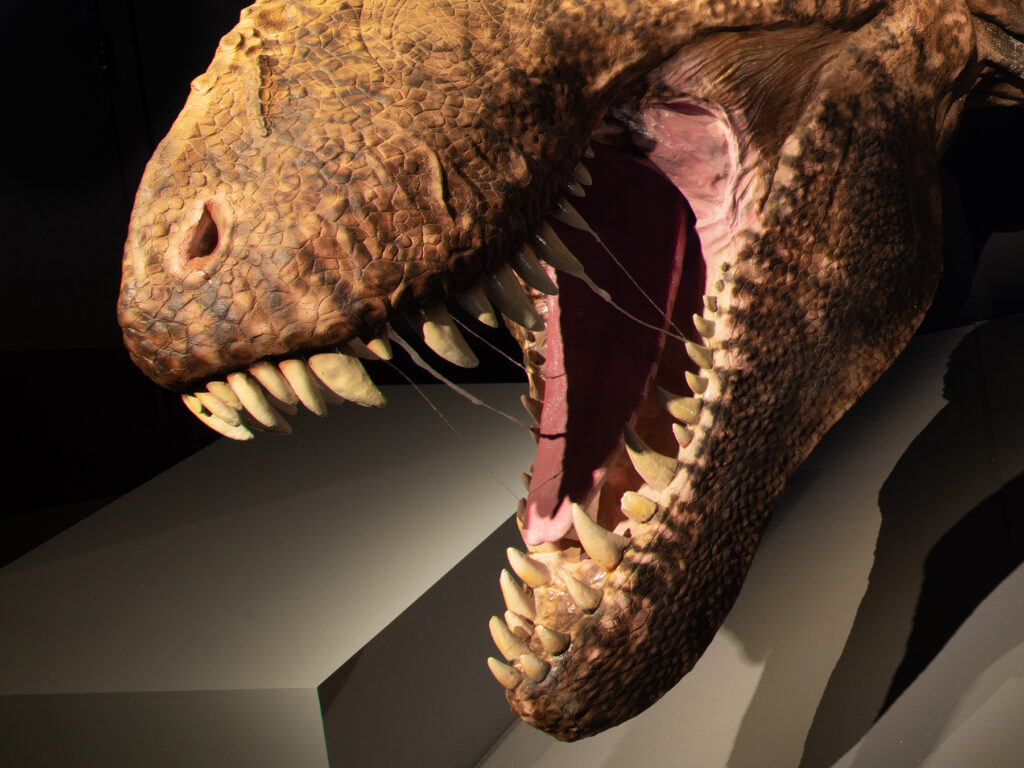Can you tell us about your area of expertise?
I’m a paleoecologist and a professor and curator of paleontology at the University of Colorado. I teach, I'm a curator, and I also do research. Paleoecology is the study of ancient ecosystems, and it can be challenging because it's hard to get enough information to try to infer how different organisms were interacting with each other or with their environment long ago. But we do the best we can with the clues we find in the fossil record.
I study trace fossils—like coprolites—that tell us about ancient life. They’re not body fossils like bones or wood. Trace fossils provide evidence for animal activities and I really like studying them because if you find specimens that are well preserved, they can tell us things about interactions among ancient organisms.
The purpose of science is usually to answer questions about what we see in our world. But I found early on that I was particularly fascinated with questions in paleontology about life that lived millions of years ago.
What can we learn from studying coprolites?
Fossilized dung can tell us about a variety of things. It can tell us which animals, plants and other living organisms were around at the same time. It can tell us about trophic interactions—or who ate whom in the ancient world. We can even look at some of the organic materials preserved in fossilized feces and get information about ancient climatic conditions.
Dung also tells us how carbon resources and nutrients are recycled in the world. We all need energy to survive and, in our case, that energy comes from carbon compounds. Coprolites provide very important information about how carbon compounds, which were kind of like ancient money, were recycled through different organisms.
So, we can learn about diets from ancient feces, but we can also learn what happens to the waste—for instance, we now know that dung beetles, snails, other invertebrates, and bacteria helped recycle dinosaur dung. If we didn't have mechanisms to recycle all the waste that animals produce, we’d be drowning in piles of dung.









